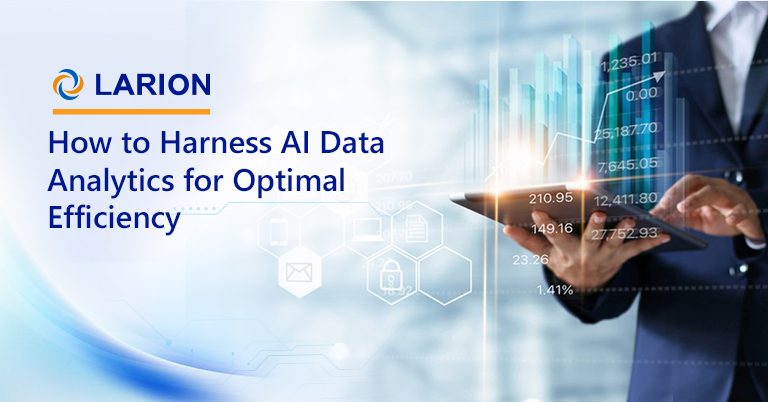Financial services organizations are built on data, so data governance is a critical concern. But many firms have their own definition of data governance which may be completely different from competitors. For some financial institutions, data governance means establishing governance bodies and councils, while others consider data governance the process of defining data stewardship and work-flow. Some financial services firms have master data management and data quality programs established under the name of data governance, while others combine all of these aspects—governance bodies, data stewardship, meta data and master data management and data quality—under the data governance umbrella.
Theoretically, data governance encompasses the systematic and formal management of any service or process that is required for effective information management. But realistically, businesses prioritize and sponsor only those initiatives that are mandated by regulations or provide a clear return on investment.
The financial services industry has been moving towards enforceable data governance which turnsstatic policies and standards in Word documents into governance processes that can be enforced and realized in IT and the business with tangible benefits. Within financial services firms, the most prominent governance goal is the availability of reliable and accurate data for risk aggregation and reporting including data accountability and traceability.
Around the world, regulatory bodies and committees have published principles and guidelines on data management, maintenance and governance for risk aggregation and reporting. In Canada, the Office of the Super intendant of Financial Institutions (OSFI) has published data maintenance principles for institutions following the International Ratings-Based (IRB)approach. Similarly, The Bank of International Settlements (BIS) has published principles of effective risk data aggregation and risk reporting. Similar guidelines were released by the Financial Conduct Authority in the U.K. as part of BIPRU. As with most financial releases, these principles contain broad guidelines on data governance and management and it can be difficult and costly to implement recommendations based on interpretations.
Although IT enables and implements tools for data governance, it is not an IT initiative and should not be driven by IT. For a data governance program to be successful and sustainable, the mandate must come from the business. While a data governance program may result in a tool-based implementation, that is not the core of data governance.
In essence, the business drivers provide direction and steer the initiative; IT objectives drive the plan for execution; and IT technical implementations are the final deliverables. This can be described as: Business drivers steer IT objectives resulting in technical implementations.
Related Article:
https://www.capgemini.com/resource-file access/resource/pdf/data_governance_for_financial_institutions.pdf




